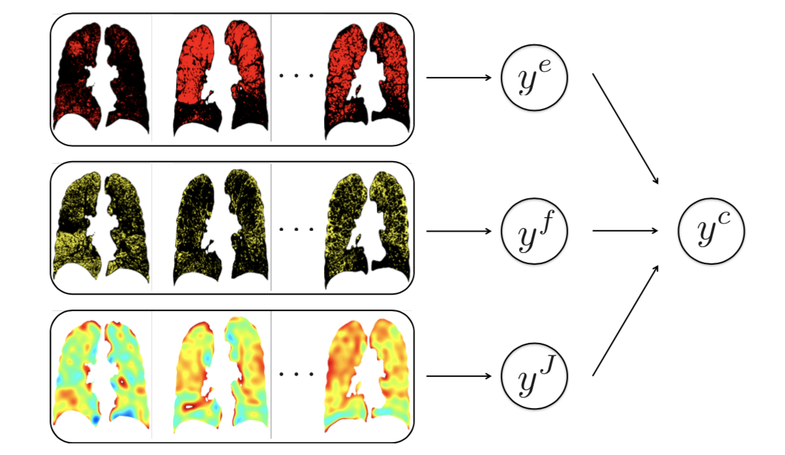Publications

Vision Transformers, especially Swin, are strong backbones for video segmentation but remain computationally heavy, limiting real-time use. Conventional token pruning struggles with Swin’s fixed window scheme, while existing clustering methods ignore temporal redundancy. To address this, the proposed Temporal Cluster Assignment (TCA) leverages temporal coherence to refine token clusters without fine-tuning, improving efficiency and accuracy across multiple video benchmarks, including surgical data.

In this paper, we present a probabilistic approach to learning task-specific and shared representations in CNNs for multi-task learning. We propose stochastic filter groups (SFG), a mechanism to assign convolution kernels in each layer to specialist or generalist groups, which are specific to or shared across different tasks, respectively. The SFG modules determine the connectivity between layers and the structures of task-specific and shared representations in the network. We employ variational inference to learn the posterior distribution over the possible grouping of kernels and network parameters.

We propose a probabilistic multi-task network that estimates: 1) intrinsic uncertainty through a heteroscedastic noise model for spatially-adaptive task loss weighting and 2) parameter uncertainty through approximate Bayesian inference. This allows sampling of multiple segmentations and synCTs that share their network representation.

We identified subtypes of patients with COPD with distinct longitudinal progression patterns using a novel machine-learning tool called Subtype and Stage Inference (SuStaIn) and evaluated the potential for unsupervised diseased progression modelling for patient stratification in COPD. We demonstrated two distinct patterns of disease progression in COPD using SuStaIn, likely representing different endotypes. One third of healthy smokers have detectable imaging changes, suggesting a new biomarker of early COPD.

A fully automated, unsupervised lobe segmentation algorithm is presented based on a probabilistic segmentation of the fissures and the simultaneous construction of a population model of the fissures. A two-class probabilistic segmentation segments the lung into candidate fissure voxels and the surrounding parenchyma. This was combined with anatomical information and a groupwise fissure prior to drive non-parametric surface fitting to obtain the final segmentation.

We present local disease and deformation distributions to address this limitation. The disease distribution aims to quantify two aspects of parenchymal damage: locally diffuse/dense disease and global homogeneity/heterogeneity. The deformation distribution links parenchymal damage to local volume change. These distributions are exploited to quantify inter-patient differences. We used manifold learning to model variations of these distributions and applied manifold fusion to combine distinct aspects of COPD into a single model